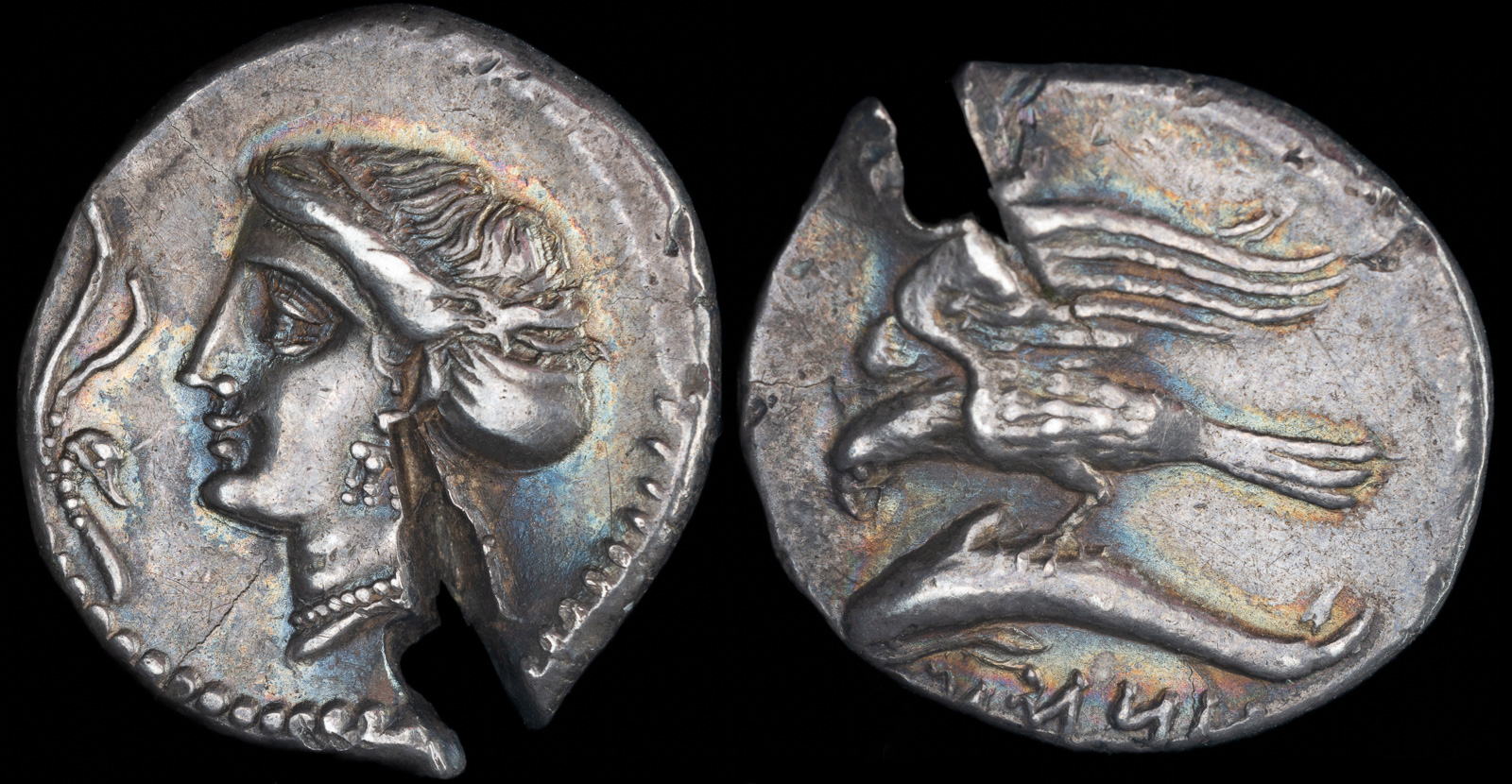Necklace
View All Tags
The materials used in ancient Greek necklaces reflected the sophistication of their society. Gold was the most prized material, valued for its rarity and association with wealth and the divine. Silver and bronze were also common, especially for less affluent individuals, while precious stones such as amber, pearls, and coral were often used for decorative purposes. These materials were skillfully worked by Greek jewelers, who employed techniques like casting, engraving, and filigree work to create intricate designs. Gold leaf, wire weaving, and beadwork were often incorporated, adding texture and complexity to the pieces. Necklaces could feature detailed pendants, amulets, or charms, many of which were intended to serve as protective symbols or signs of devotion.
Necklaces in ancient Greece were often imbued with symbolic meaning, particularly in religious and funerary contexts. One of the most common motifs found on Greek necklaces was the pendant shaped like the Gorgoneion, a head of the Gorgon, often associated with the myth of Medusa. This symbol was believed to have protective qualities, warding off evil and offering the wearer spiritual defense. Aphrodite, the goddess of love, was often depicted wearing elaborate jewelry, including necklaces, reflecting both her divine nature and the beauty of the form. Women, especially those of higher social standing, would wear necklaces to show their devotion to the gods, especially during religious festivals or rites of passage like marriages and dedications.
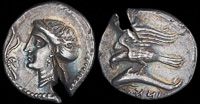
Abdasan, 360-330 BCE

Agathokles of Syracuse 317-289 BCE
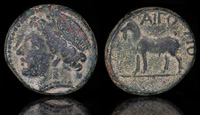
Aigiospotamoi, Thrace 4th cen BCE
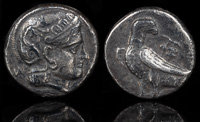
Andragoras 246-238 BCE
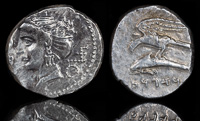
Ariarathes I 325 BCE
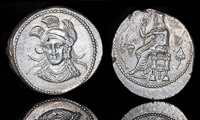
Balakros 333-323 BCE
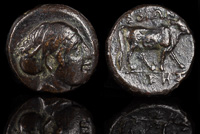
Boione, Aeolis 4th century BCE
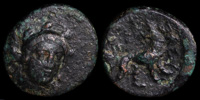
Eleutheria, Mysia 4th century BCE

Ephesos, Ionia 375-325 BCE

Gyrton, Thessaly 340-320 BCE
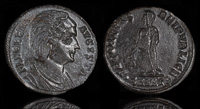
Helena 327-329 CE

Hierapolis-Kastabala, Kilikia 2nd-1st centuries BCE
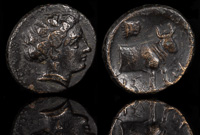
Histaia, Euboia 338-304 BCE

Iolkos, Thessaly mid 4th cent BCE

Kardia, Chersonese 350-309 BCE
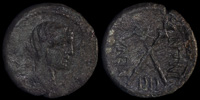
Menainon, Sicily 275-212 BCE
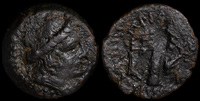
Priansos, Crete 320-270 BCE
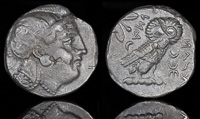
Sabakes 340-333 BCE

Samos, Ionia 408-380 BCE
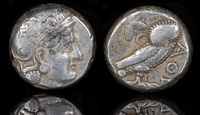
Sophytes 323-240 BCE
